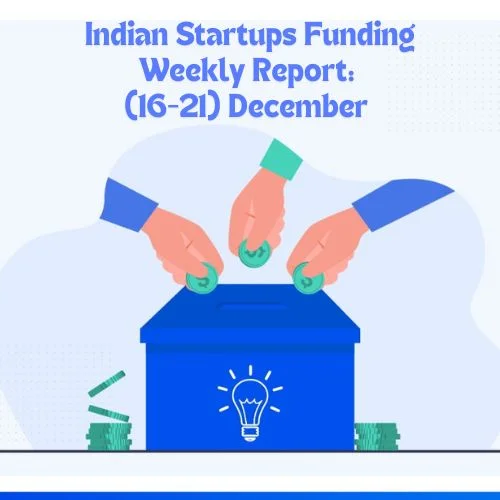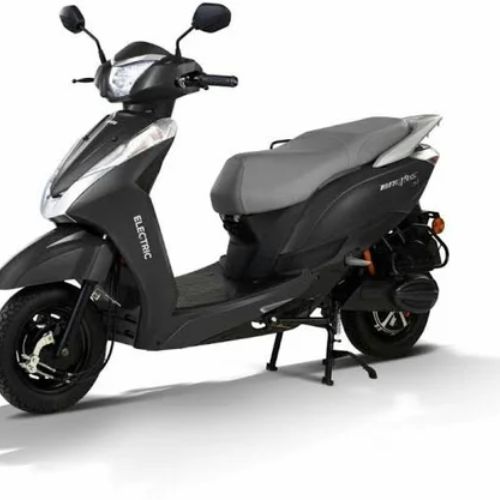Veritonic, the business’ exhaustive sound investigation, and examination stage collaborated with Acast, the world’s biggest free web recording organization, to put up new information for sale to the public around the shared traits – and uniqueness – of sound innovation on digital broadcast promotions served automatically. As well as distinguishing these worldwide covers and places of distinction, the objective of the examination was additionally to assist media purchasers with recognizing solid strategies and best practices in automatic digital broadcast publicizing across three key media showcases the US, Australia, New Zealand, and EMEA.
Together, the organizations obtained and broke down web recording advertisements executed automatically with Acast and spreading over different industry verticals including auto, the travel industry, retail, medical services, and amusement, and that’s only the tip of the iceberg. They then distinguished the ongoing ideas and contrasts in the imaginative executions by locale by analyzing subjects like promotion length, number of voiceovers, the orientation of voiceover, utilization of audio effects, source of inspiration arrangements, and that’s just the beginning.
“As an industry, there is still a great deal of legend busting to do around automatic promotion purchasing. At Acast, we immovably accept that automatic promotion ought not to be an unbending encounter for the media purchaser, the digital broadcast has, and surely not the audience,” said Elli Dimitroulakos, Worldwide Head of Advertisement Development at Acast. “Digital broadcast promotion is powerful because it’s a consistent piece of the listening experience and that shouldn’t change in light of how an exchange happens. Automatic advertisements can – and ought to – have innovative components that upgrade the audience experience and brand relationship.”
As per the examination, across all markets, most of the promotions were at least 30 seconds long. This was most dominating in the US and EMEA locales which came about in 80% and 73% of the analyzed advertisements, separately. The Australian and New Zealand market limped along with 56% of automatic promotions running somewhere around 30 seconds in length. The leftover 44% in the market were 15 seconds long.
Each of the three business sectors likewise reflected likenesses in the utilization of single voices for the voiceover content. The US drove the way with 86% of automatic promotions in the review involving a solitary voice for the voiceover. EMEA and Australia and New Zealand were generally comparable with 66% and 68% of automatic promotions involving a solitary voice for the voiceover, individually.
Nonetheless, when it came to orientation location in voiceover content, dissimilarities across the business sectors introduced themselves. In the US, a big part of promotions broke down and highlighted a female voiceover, 47% of advertisements included a male voiceover, and the excess 3% highlighted both male and female voiceovers. Taking a gander at promotions that ran in Australia and New Zealand, 53% of the creatives highlighted a female voice more than, yet 27% a male voice, and 20% contained both a female and a male voiceover. In close to rise to numbers, the three districts generally involved audio effects in somewhat not exactly most of the automatic promotions, demonstrating that this might be a recently arising pattern in the space. As per the review, audio effects including birds peeping, telephones ringing, motors firing up, and more were utilized in 40% of automatic advertisements from the US, 38% from Australia and New Zealand, and 33% in EMEA.
“Trust isn’t a technique; it’s presently insufficient for a brand to make a sound resource and essentially trust it’ll make a definite difference,” said Scott Simonelli, President of Veritonic. “Having certainty that your showcasing endeavors and speculations will pay off is significant, particularly in the present economy. With sound arriving at more than 214M grown-ups in the U.S. month to month and highly affecting memory than video, advertisers should use inventive testing arrangements like the Veritonic stage to guarantee they are putting their best sound innovation forward, paying little mind to how the actual promotion is bought or served.”















